In this blog, we will learn about the ultrasonic sensor working principle and its applications.
Ultrasonic distance sensors work based on the principles of echolocation. Similar to how bats navigate and locate objects, ultrasonic sensors use sound waves with frequencies above the range of human hearing (ultrasonic waves) to measure the distance to an object..
Introduction to Ultrasonic Sensor
Ultrasonic sensors work by emitting sound waves at a frequency which is too high for humans to hear.

The Above image is HC-SR04 is a widely used and affordable ultrasonic distance sensor module that operates based on the principles of ultrasonic echolocation. Here’s a detailed explanation of how the HC-SR04 works
The Ultrasonic HC-SR04 typically has four pins:
- VCC (Power)
- Trig (Trigger): The input pin for triggering the ultrasonic pulse
- Echo: The output pin for receiving the echo signal
- GND (Ground)
Features of an Ultrasonic Sensor
- Supply voltage: 5V (DC).
- Supply current: 15mA.
- Modulation frequency: 40Hz.
- Output: 0 – 5V (Output high when obstacle detected in range).
- Beam Angle: Max 15 degrees.
- Distance: 2 cm – 400 cm.
- Accuracy: 0.3cm.
- Communication: Positive TTL pulse.
Ultrasonic Sensor How it Works?
Ultrasonic sensors work on the principle of using sound waves beyond the range of human hearing to detect objects and measure distances. These sensors emit ultrasonic waves (sound waves with a frequency higher than the upper limit of human hearing, typically above 20,000 Hz) and then measure the time it takes for the waves to bounce back after hitting an object. The distance to the object can be calculated based on the speed of sound in the air.

Here’s a basic overview of the working principle of ultrasonic sensors:
- Transmitter: The sensor has a transmitter that generates ultrasonic waves. This is often done using a piezoelectric transducer, which converts electrical energy into mechanical vibrations to produce sound waves.
- Propagation of Ultrasonic Waves: The ultrasonic waves travel through the air in a directional pattern. The sensor emits a burst of ultrasonic waves, and these waves propagate away from the sensor.
- Object Detection: When the ultrasonic waves encounter an object in their path, they are reflected back towards the sensor.
- Receiver: The sensor also has a receiver, typically another piezoelectric transducer, that converts the reflected ultrasonic waves back into an electrical signal.
- Time Measurement: The sensor measures the time it takes for the emitted waves to travel to the object and back. It uses the speed of sound in the air to calculate the distance to the object.
- Distance Calculation: The distance (D) to the object is calculated using the formula:
�=12×Speed of Sound×Round-Trip TimeD=21×Speed of Sound×Round-Trip Time
Since the round-trip time is the time taken for the waves to travel to the object and back, dividing by 2 gives the one-way distance.
How to calculate Distance?
If you need to measure the specific distance from your sensor, this can be calculated based on this formula:

We know that, Distance= Speed* Time. The speed of sound waves is 343 m/s. So,
Total Distance= (343 * Time of hight(Echo) pulse)/2
Total distance is divided by 2 because the signal travels from HC-SR04 to object and returns to the module HC-SR-04.
Applications of an Ultrasonic Sensor
- Proximity Sensing: Ultrasonic sensors are widely used for proximity detection. They can sense the presence of objects without physical contact, making them suitable for applications like automatic doors, hand dryers, and sanitary fixtures.
- Obstacle Detection and Avoidance: In robotics and autonomous systems, ultrasonic sensors are employed to detect obstacles and avoid collisions. This is crucial in applications such as robotic vacuum cleaners, drones, and mobile robots.
- Parking Assistance: Ultrasonic sensors are commonly used in automotive applications for parking assistance systems. They help drivers by providing audible or visual signals when their vehicle approaches an obstacle while parking.
- Level Measurement: Ultrasonic sensors are employed to measure the level of liquids or solids in tanks. This is useful in industrial processes, agriculture, and environmental monitoring.
- Ultrasonic Ranging Systems: These sensors are used to measure distances accurately. They find applications in industrial automation, quality control, and robotics for precise positioning.
- Liquid Flow Measurement: Ultrasonic sensors can be used to measure the flow of liquids, such as water or fuel. This is beneficial in industries like water treatment and oil processing.
- Object Tracking: Ultrasonic sensors are utilized in systems that require tracking the movement of objects. This includes conveyor belt systems, where the sensors monitor the position of items for sorting or processing.
- Intruder Detection: Ultrasonic sensors can be part of security systems to detect intruders or unauthorized movements in a given area. They can trigger alarms or activate security measures.
- Medical Imaging: In medical applications, ultrasonic sensors are used in ultrasound imaging. These sensors emit ultrasonic waves into the body, and the reflected waves create images of internal organs, making them valuable for diagnostic purposes.
- Fish Finding: In the fishing industry, ultrasonic sensors are employed for fish finding. They can detect the presence of fish underwater, helping fishermen locate schools of fish.
- Traffic Management: Ultrasonic sensors are used in traffic control systems to monitor traffic flow and detect the presence of vehicles at intersections. This information can be used to optimize traffic signal timings.
Hope this blog helps you to understand, how the ultrasonic Distance sensor works.

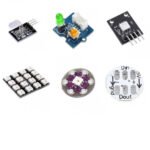 LED Module
LED Module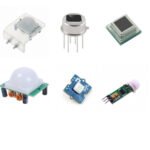 PIR Sensor
PIR Sensor Pressure Sensors
Pressure Sensors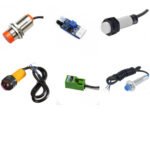 Proximity Sensor
Proximity Sensor Real Time Clock (RTC) Module
Real Time Clock (RTC) Module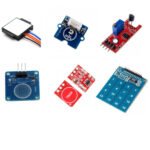 Touch Sensor
Touch Sensor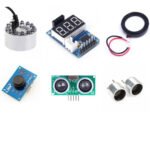 Ultrasonic Sensor
Ultrasonic Sensor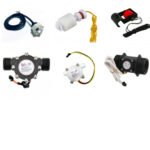 Water Level & Water Flow Sensor
Water Level & Water Flow Sensor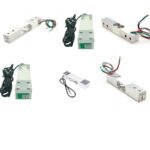 Weighing Scale Sensor
Weighing Scale Sensor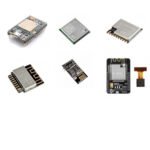 Ai Thinker ESp Wifi Module
Ai Thinker ESp Wifi Module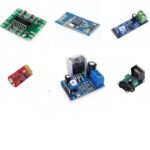 Audio Amplifier Module
Audio Amplifier Module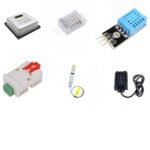 Humidity & Temperature Sensor
Humidity & Temperature Sensor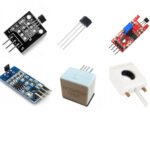 Hall Effect Sensor
Hall Effect Sensor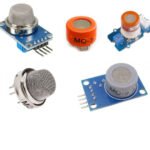 Gas Sensors
Gas Sensors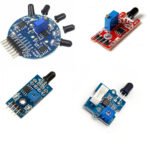 Flame Sensors
Flame Sensors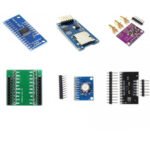 Breakout Board
Breakout Board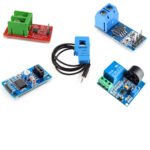 Current & Volatage Sensor
Current & Volatage Sensor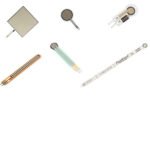 Force Sensor
Force Sensor
 8051 Development Board
8051 Development Board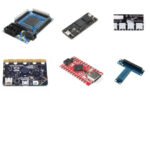 Advance Development Boards
Advance Development Boards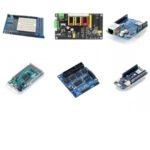 Arduino boards
Arduino boards ARM Microcontroller
ARM Microcontroller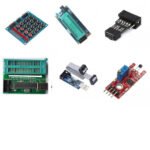 AVR Microcontroller Board
AVR Microcontroller Board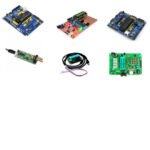 Pic Devlopment Board & programmer
Pic Devlopment Board & programmer
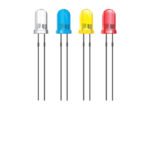 Led lights & Strips
Led lights & Strips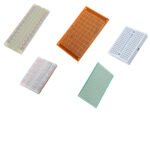 PCBs & Breadboard
PCBs & Breadboard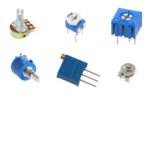 Potentiometer
Potentiometer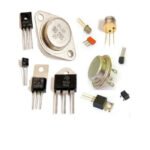 Power Transistors
Power Transistors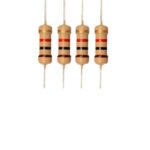 Resistor & Smd & inductor
Resistor & Smd & inductor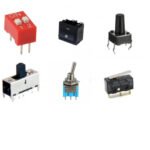 Switches
Switches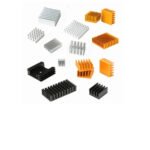 Aluminium Heat Sink
Aluminium Heat Sink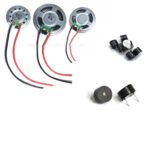 Buzzer & Speaker
Buzzer & Speaker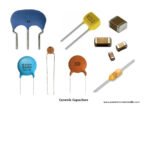 capacitor
capacitor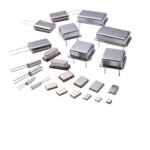 Crystal Oscillators
Crystal Oscillators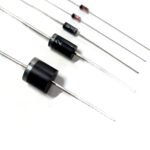 Doides
Doides Electric Fuses
Electric Fuses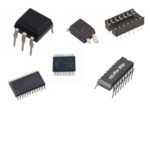 ICs & Dips
ICs & Dips
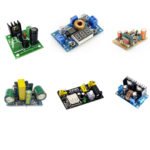 Power supply module
Power supply module Transformer
Transformer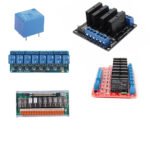 Relay Module
Relay Module
 Kits
Kits
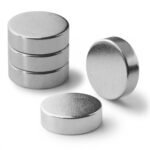 Magnet
Magnet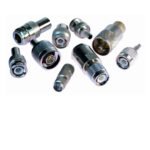 RF Connectors
RF Connectors PCT and DC Connectors
PCT and DC Connectors Wires & Heat Shrink
Wires & Heat Shrink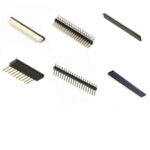 FFC, FPC, Berg connectors
FFC, FPC, Berg connectors
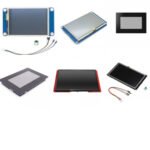 Nextion
Nextion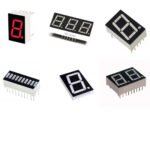 Segment
Segment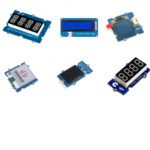 Seedstudio
Seedstudio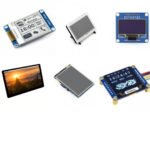 Waveshare
Waveshare
 E Bike Batteries
E Bike Batteries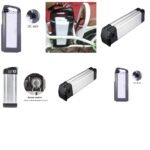 E bike Battery Case
E bike Battery Case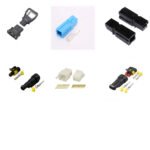 E bike Connectors
E bike Connectors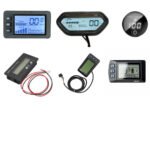 E bike Display
E bike Display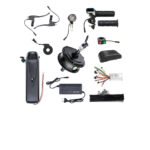 E bike Kit
E bike Kit E bike Motors & Controllers
E bike Motors & Controllers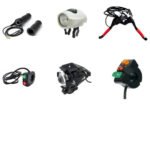 Electronics Accessories
Electronics Accessories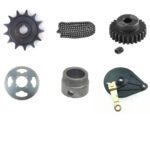 Mechanical Accessories
Mechanical Accessories

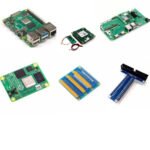 Boards & Modules
Boards & Modules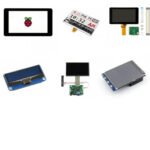 Display
Display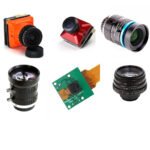 Cameras
Cameras



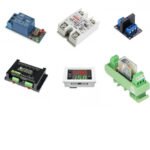 Relay Module
Relay Module